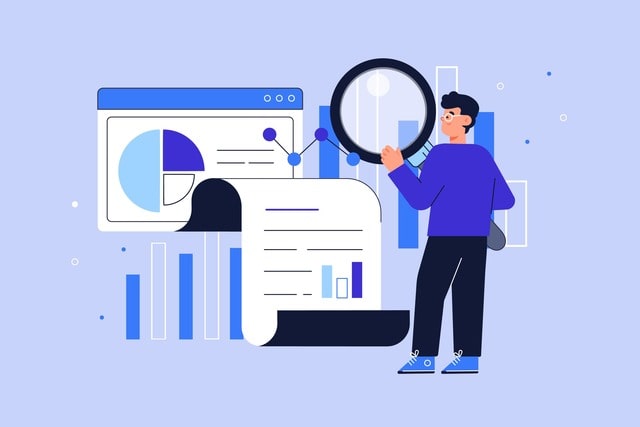Technology-Assisted Review (TAR) 2.0: The Next Generation of E-Discovery
The ever-changing landscape of eDiscovery has resulted in developing new tools and processes to keep up with the demand for speed and accuracy. One such tool is Technology-Assisted Review or TAR.
It is a form of predictive coding that uses artificial intelligence and machine learning algorithms to prioritize documents for review. Most law firms and corporate legal departments use TAR eDiscovery in litigation or internal investigations. It is a cost-effective way to sift through large volumes of data.
It’s been said that lawyers involved in eDiscovery have felt the pressure of a delay in document review. This area has become the place for today’s exploding use of artificial intelligence (AI) and machine learning (ML).
What is TAR 2.0?
The next generation promises to be even more efficient and accurate than its predecessor. It combines TAR 1.0 into 2.0 and uses advanced analytics and machine learning to predict which documents are more likely to be relevant. This process is known as “continuous active learning.”
TAR 2.0’s design addresses the limitations of 1.0, such as the need for extensive training sets and the difficulty of using it in real-world scenarios. It overcomes these limitations by using a technique called “transfer learning.” It allows it to train on smaller documents, and then one can apply it to a more extensive set.
It improves law department workflows in two ways: first, it cuts down on time spent on document review; second, it increases accuracy by reducing the number of false positives. It is not only more efficient but also more accurate than 1.0.
How does TAR 2.0 Work?
It works by first identifying a set of seed documents. These are typical documents that have been manually reviewed and coded by humans. The TAR 2.0 algorithm then analyzes the seed documents to identify patterns. Once the designs have been identified, the algorithm can predict which other documents are more likely to be relevant.
This process is repeated until it has reached a desired level of accuracy. At that point, this system will begin to output a list of documents ranked by their likelihood of being relevant. Lawyers can then use this list to prioritize their review.
The Benefits
Here are some ways TAR 2.0 altered the game:
1. Reduced the complexity of metrics required to validate results:
Many TAR 1.0 platforms require many metrics to validate results, whereas 2.0 has reduced this complexity by using an “ensemble learning technique.” This technique combines the results of multiple models to arrive at a final result.
2. TAR can now be used in real-world scenarios:
Whether you’re dealing with a small or large data set, you can use TAR 2.0 in any real-world scenario.
For instance, if you’re working on a small data set, you can train it on a more extensive similar data set. It will allow 2.0 to learn from a more comprehensive data set and be more accurate when applied to a smaller data set.
Conclusion
As the technology-assisted review continues to evolve, so does its potential to streamline and improve the eDiscovery process. The next generation of TAR 2.0 promises even greater efficiency and accuracy, making it an increasingly attractive option for organizations grappling with large data sets.




